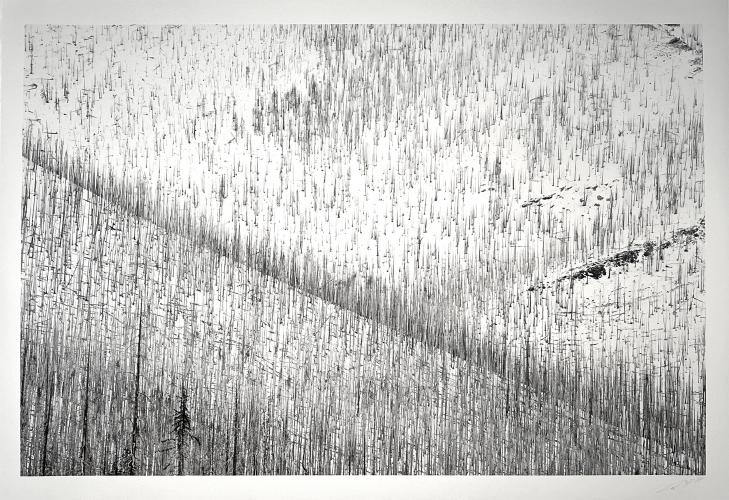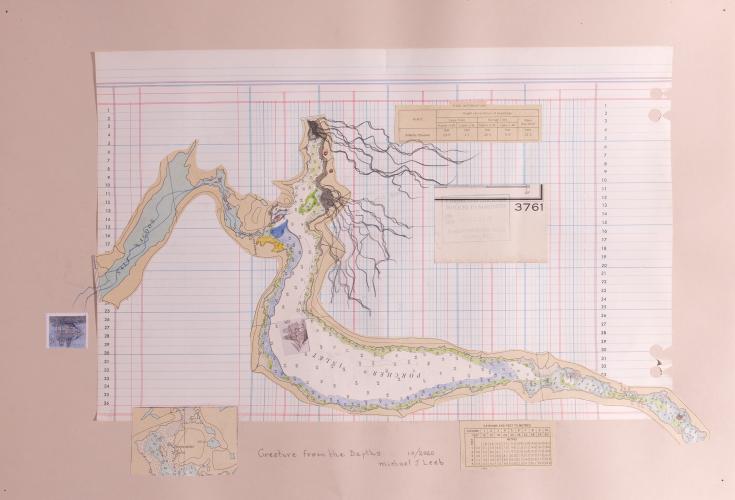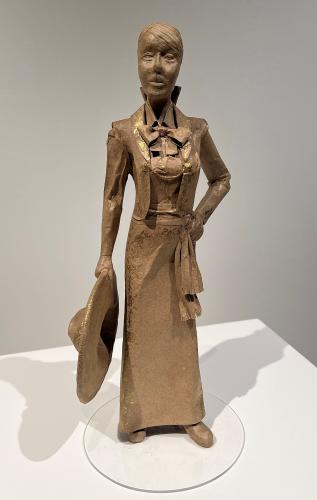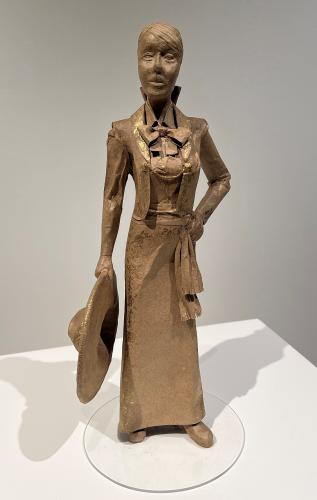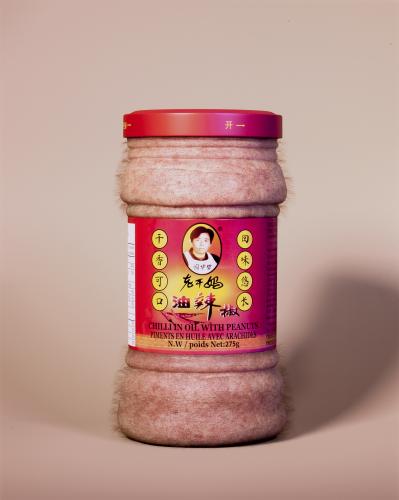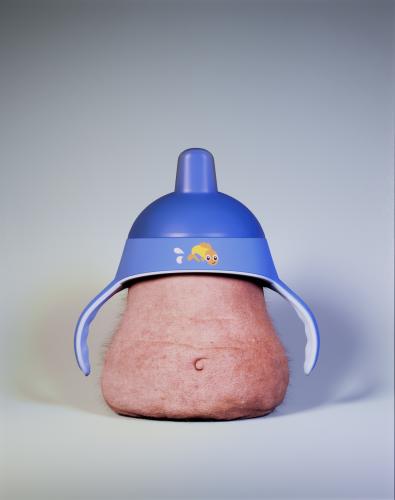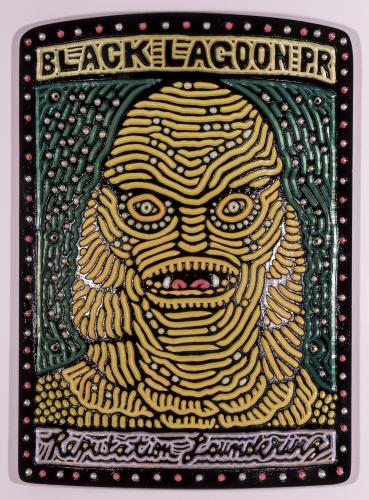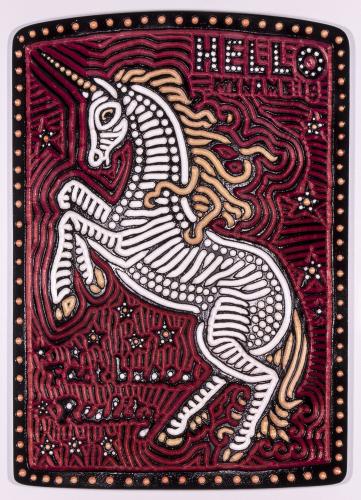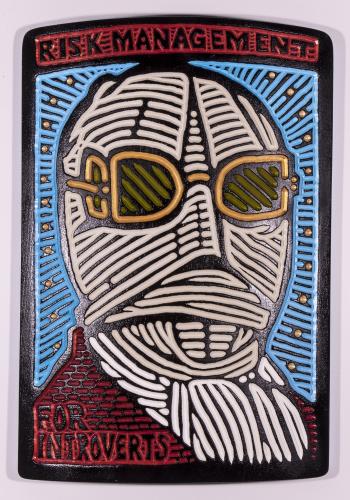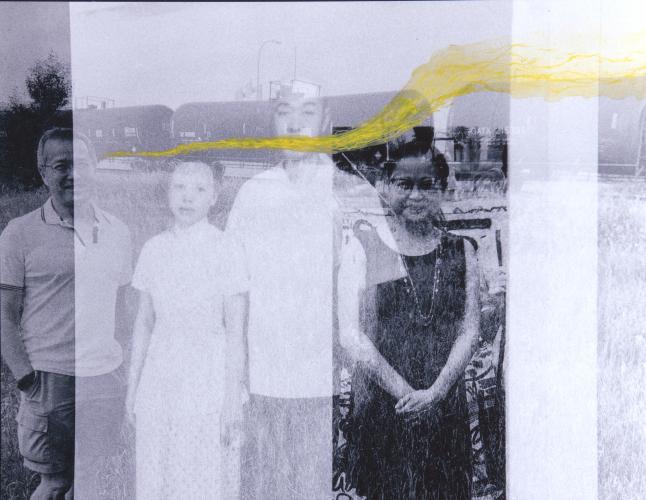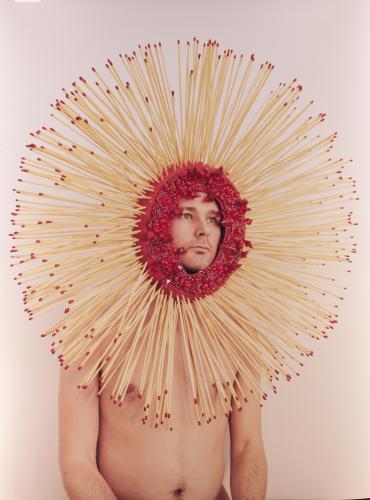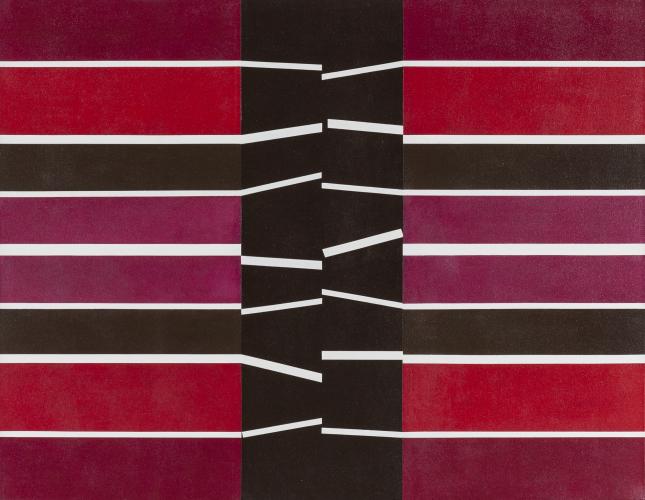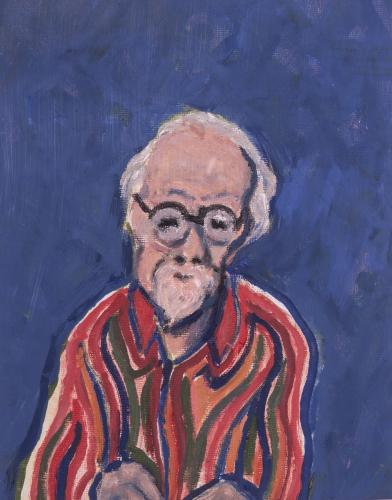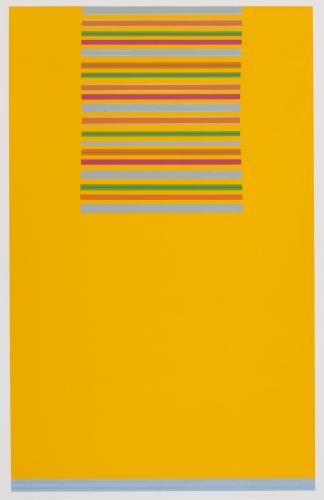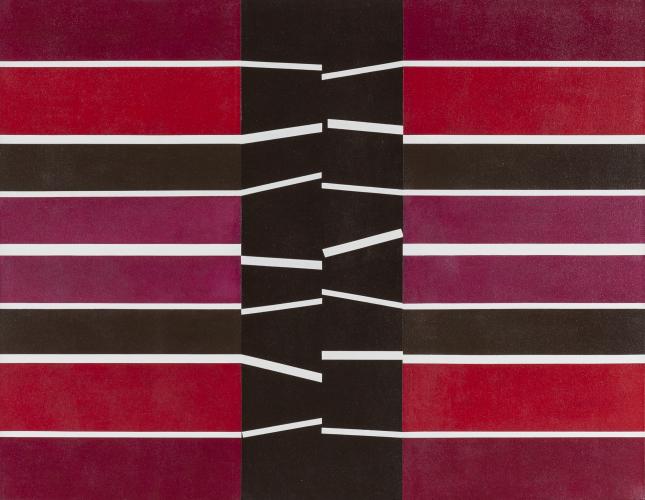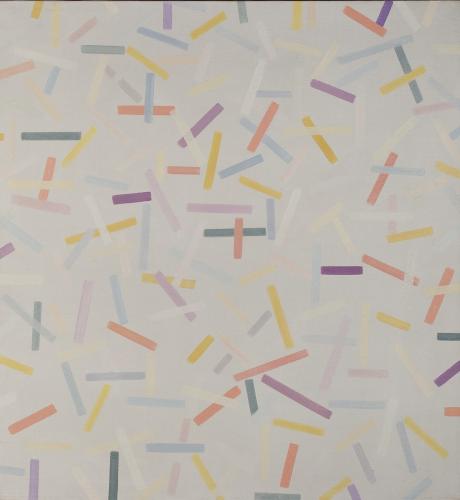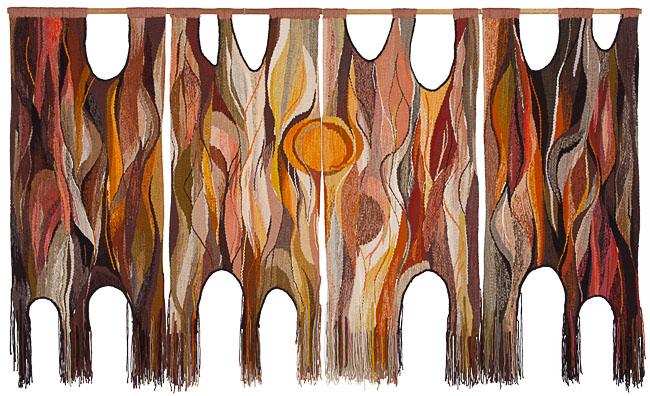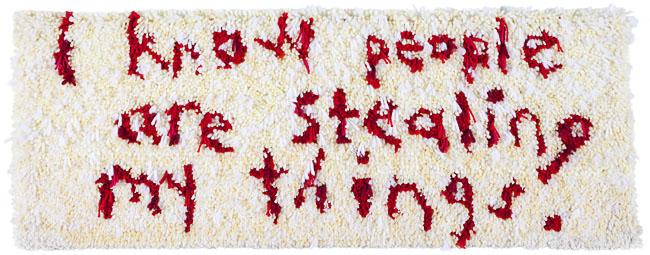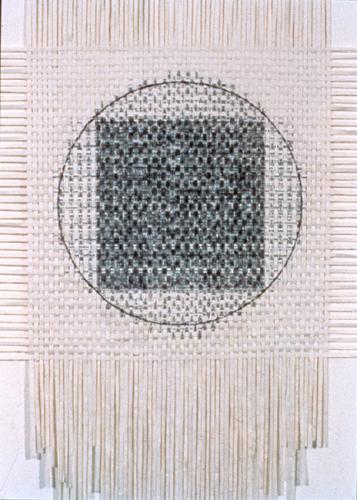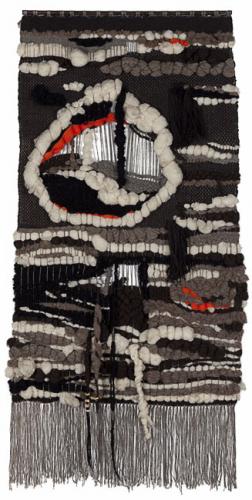Here & Now - Han Sungpil
Han Sungpil's artworks, Frozen Fire 08 and Frozen Fire 16, is featured in the 2024 AFA exhibition Here & Now at the Royal Alberta Museum.
About the artworks
These large prints capture the aftermath of a 2017 wildfire in Waterton Lakes National Park. (Click arrows above on either side of the image to see each work.)
These artworks are included in the Here & Now exhibition at the Royal Alberta Museum until September 29, 2024. Learn more about the exhibition.
The AFA acquired these two artworks through its Art Acquisition by Application program in 2023. This program is designed to acquire contemporary works of art by any eligible Alberta artist.
Artist statement
The following is an excerpt of Han Sungpil's artist statement. Read the full statement.
I wanted to capture the almighty restoring force of nature at the affected site out to the audiences. While this piece delivers awe of nature to the viewers through artistic expression of the event in 2017, the compelling message that it also carries is the impact of environmental devastation which awakens advocacy for environmental protection for the public.
About the artist
Han Sungpil practices art mainly by means of photography, video, and installations, covering subjects such as environmental issues, originality and imagine, history, and the relation between the real and the represented. He also enjoys understanding diverse cultures and exploring nature further interpreting our everyday world. Sungpil’s sensibility in his work often includes a sense of humor, while including sublime elements of beauty.
His works have been exhibited and collected at notable museums and biennials around the world, including U.S.A, France, Germany, England, Spain, Italy, Belgium, Russia, Slovakia, Lithuania, U.A.E, Australia, New Zealand, Brazil, Cuba, Argentina, Mongolia, Japan, China and Korea.
Han Sungpil's artworks, Frozen Fire 08 and Frozen Fire 16, is featured in the 2024 AFA exhibition Here & Now at the Royal Alberta Museum.
Han Sungpil's artworks, Frozen Fire 08 and Frozen Fire 16, is featured in the 2024 AFA exhibition Here & Now at the Royal Alberta Museum.

